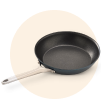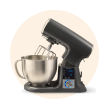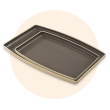
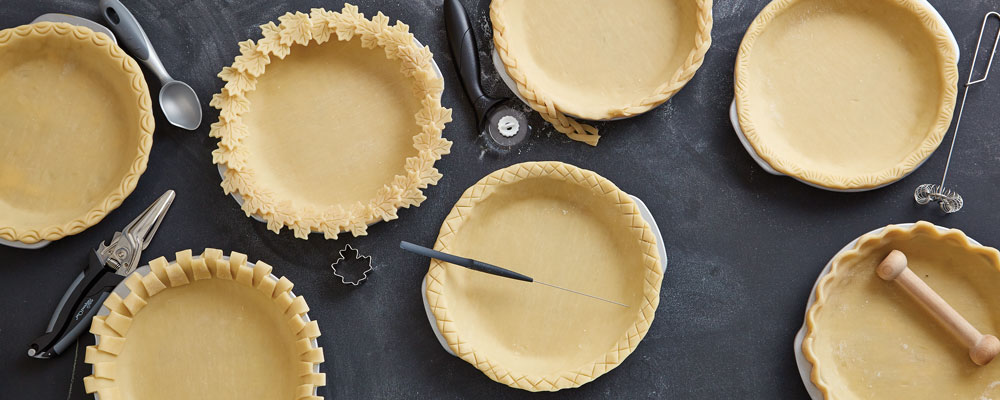
10 Tips for Perfect Pies
The saying “easy as pie” may be true for some…but even experienced bakers sometimes make these pie mistakes. We talked to the chefs in our test kitchen and they answered 10 of the most common pie-baking questions. These easy how-tos will keep you safe from pie-making disasters!
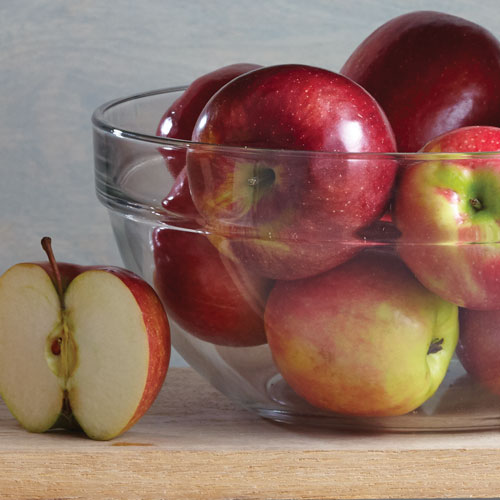
1. I’m not sure what kind of apples to use.
When you’re looking for a perfect pie apple, it’s not just about the flavor—it’s also about how the apple cooks. Some varieties turn brown and mushy…not exactly what you want to set out on the dessert table!
To get that perfect pie, you want an apple that’s a good balance between sweet and tart. Some of our favorites are Granny Smith (obviously), Honeycrisp and Golden Delicious. If you want to mix up the flavor and texture of your pie, you can even combine varieties or add other fruits.
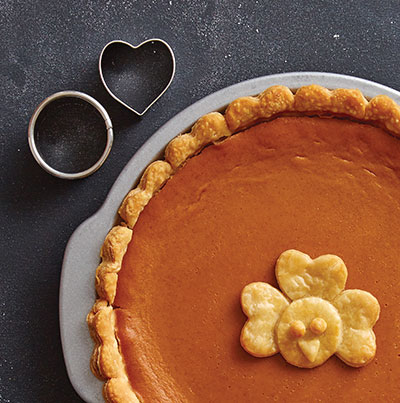
2. My pumpkin pie is separating from the crust.
When pumpkin pie filling gets dry or cools incorrectly, it shrinks a little. To keep it from happening to you, make sure your pie doesn’t experience extreme temperature changes. You should choose a warmish spot, away from drafts and breezes, to let it cool, and definitely don’t put it into the fridge until it’s naturally cooled to room temperature.
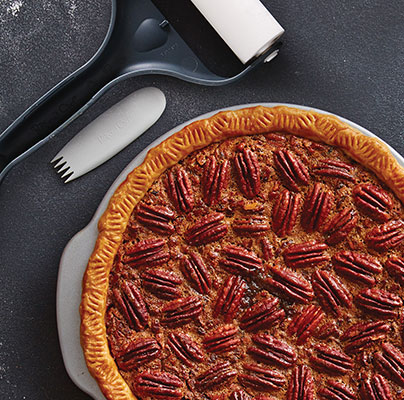
3. My pie filling is cracked.
Your custard, pumpkin and even pecan pies need a little TLC. When the filling cracks, it usually means that it’s just a bit over baked.
Fix it now: Your pie isn’t ruined! It’ll taste just fine, but if you want to make it more aesthetically impressive, you can pipe some decorative whipped toppig onto it before serving, or add a cute decoration.
Next time: Keep a close eye on these pies as they cook. You don’t want the filling to completely “set” before you take it out of the oven—it should still wiggle a little. You can also try a water bath, like you would do for a cheesecake. It’s also a good idea to pre-bake your crust!
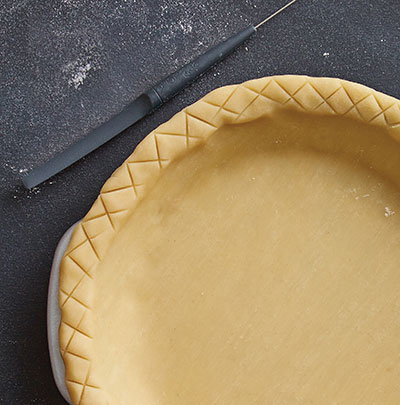
4. My crust isn’t baked all the way.
Heat is key when it comes to baking a perfect pie. When you cook at a lower temperature, all the butter in your crust melts and sinks to the bottom—keeping you from getting that delicious flaky crust. To keep it from happening, preheat your oven to 425–450°F, then reduce the temperature after about 25 minutes of baking.
If you notice that it’s just the bottom crust that’s not cooking all the way through, you can try pre-baking the bottom crust for your future pies.

5. My filling is runny.
Cooking fruit brings out all their lovely juices, so you need a thickener like flour, cornstarch or tapioca to keep your filling from turning into a juicy mess once it starts to bake.
You could also precook your filling. We recommend boiling ½ to ⅔ of your fruit filling, then letting it simmer for a few minutes to thicken it up. Remove it from the heat and stir in the uncooked fruit—your filling will be thickened, but still have pieces of uncooked fruit.
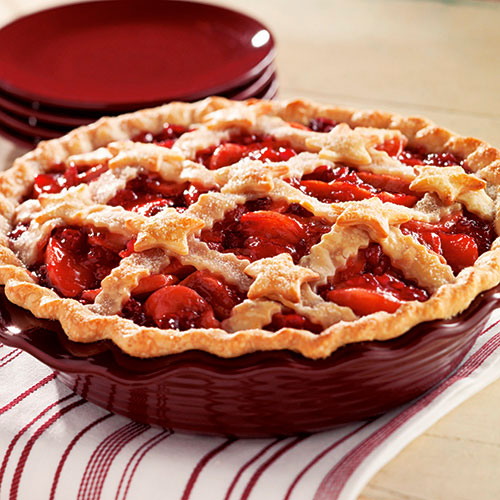
6. My apple pie has an air pocket under the crust.
If your apple (or other fruit) pies tend to have a big pocket of air between the crust and filling, this tip’s for you. Pie filling tends to shrink as it cooks—the reason the crust lifts away from the filling is the steam created by the fruit.
To prevent it, make thin slices of apple and arrange them like you would a tart, then be sure to vent the crust so steam can escape! If you love those bigger chunks of fruit, consider doing a lattice crust instead.
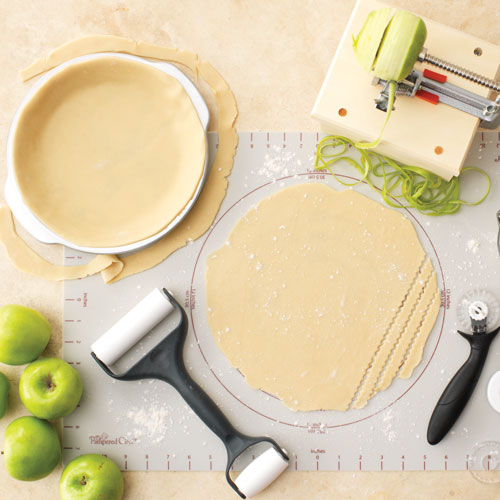
7. The bottom crust is soggy.
To be a true pie-fessional, follow the rule, “make it cold, bake it hot.” Your dough should stay cold whether you’re making it, rolling it or preparing to put it in the oven—and the oven should be pre-heated when the pie goes in.
If the bottom is soggy, your pie might be a tad undercooked, or your filling might be too liquidy (see tip #5!). Keep it cooking until the crust is a perfect golden brown and the filling is nice and bubbly. You can also put a little flour or ground nuts between the bottom crust and your filling to absorb some of the extra liquid.
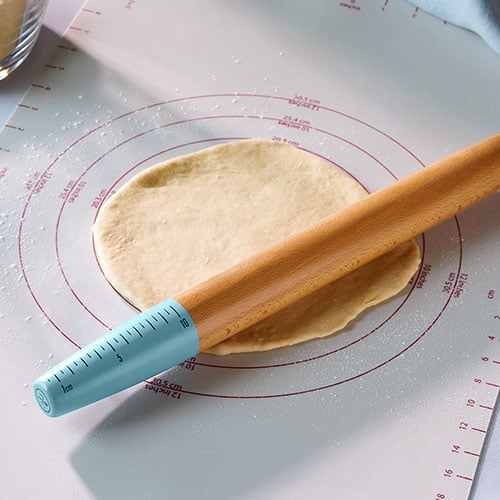
8. My pie is cooked, but the crust is dry and hard.
Oh no! It looks like you overworked your dough. Pie crust dough is notoriously temperamental…you need to keep it cold and work it as little as possible. If you got it right, you’ll see little pockets of butter or fat.
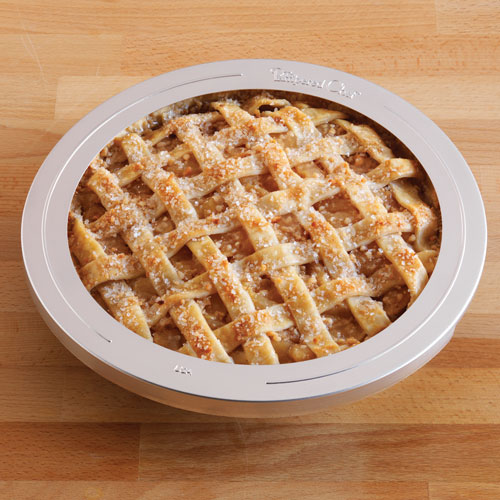
9. The top crust on my pies always burns.
Even professional bakers run into this problem from time to time. The top of the pie cooks more quickly than the filling, leading to an (oops!) overcooked crust. Using a Pie Crust Shield prevents the outer edges from cooking too quickly.
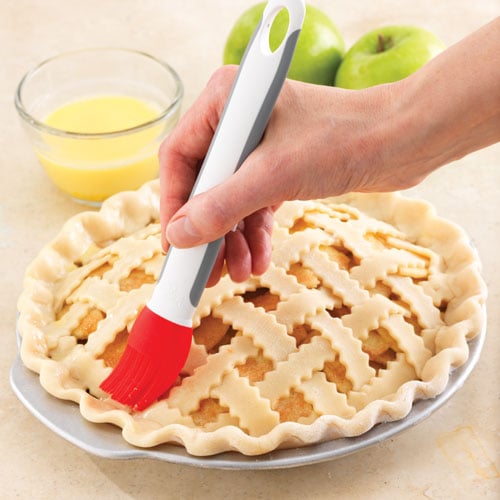
10. My crust looks pale and uncooked.
Brushing your crust with an egg wash before baking it will give the finished product a lovely browned (and slightly shiny) look.


 Canada (en)
Canada (en) Germany (de)
Germany (de) Austria (de)
Austria (de) France (fr)
France (fr)
